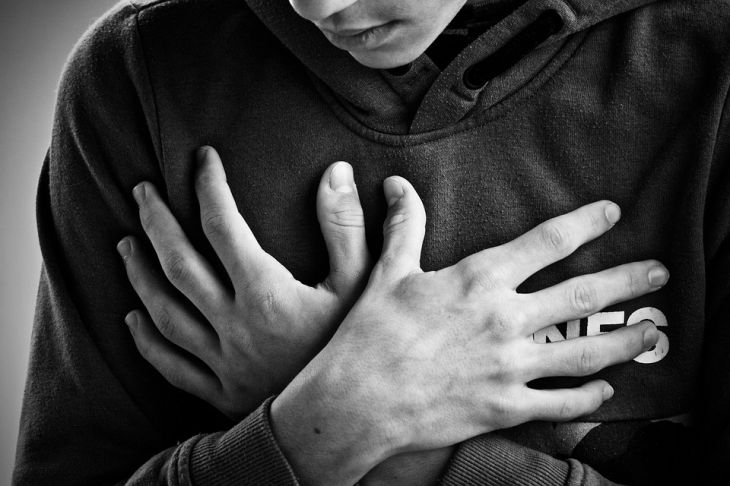Often, teenage boys experience breast enlargement, which is called gynecomastia.
In most cases, this is not a serious problem and goes away on its own. Gynecomastia occurs in 50-70% of adolescents aged 12 to 16 years.
Cause
The cause of gynecomastia is an imbalance of male (androgens) and female (estrogens) sex hormones. Boys and girls under 10 years of age have the same structure of mammary glands and the ratio of sex hormones.
Oncologist of the 1st category of the HappyDerm medical center Lyudmila Artyushkevich notes that with the onset of puberty in girls, estrogens begin to predominate, causing the growth of mammary glands. In boys, the amount of estrogens may temporarily increase, which leads to the growth of mammary glands.
However, further release of androgens leads to rapid inhibition of this process and the reverse development of what has grown. This phenomenon is called physiological gynecomastia.

Pathological gynecomastia can be a consequence of:
- obesity (adipose tissue has the ability to convert androgens into estrogens);
- diseases of the thyroid gland, adrenal glands, testicles;
- genetic diseases;
- use of certain medications.
Manifestation
Symptoms of gynecomastia may include enlargement and swelling of the nipples and areolas, itching or pain in the areola area, nipple discharge, and the presence of lumps under the areola. Gynecomastia may be true (enlargement of the mammary glands due to glandular tissue), false (accumulation of fatty tissue), or mixed (a combination of glandular tissue and fatty deposits).
Gynecomastia can lead to emotional and psychological discomfort in adolescents. Boys become withdrawn, inactive, embarrassed to undress in front of their peers, slouching to hide their chest.
Diagnostics
The following methods are used to diagnose gynecomastia:
- collection of anamnesis;
- examination and palpation of the mammary glands;
- Ultrasound of the mammary glands, axillary lymph nodes and thyroid gland;
- Blood test for hormonal profile.
To clarify the diagnosis, consultations with a mammologist, endocrinologist, and sometimes a geneticist and psychologist may be required.
Treatment
Treatment of physiological (adolescent) gynecomastia is not required in 90% of cases, as it goes away on its own within 1-2 years. If enlarged mammary glands persist for more than 3 years, hormonal drugs may be required.
False gynecomastia is treated with sufficient physical activity and a low-calorie diet.
Pathological gynecomastia requires treatment of the underlying disease that caused the growth of the mammary glands.
Surgical treatment, including removal of excess fatty and glandular tissue of the mammary gland, is performed if gynecomastia persists after the age of 18.
It is important to take into account that each case of gynecomastia in a teenager is unique and requires an individual and delicate approach.








